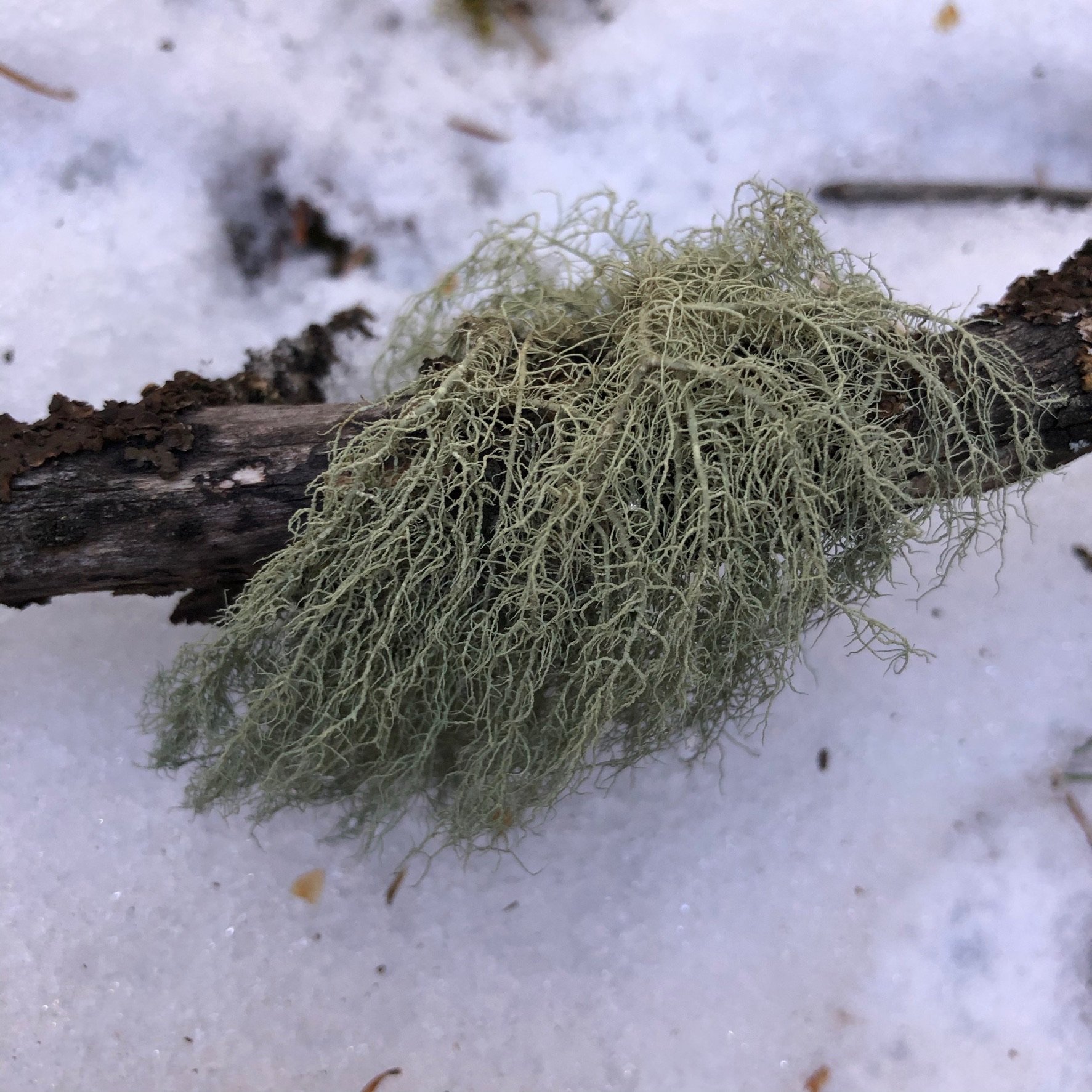
Simple Self-Care Strategies
Feeling stressed?
Here are 20 simple ways to calm your nervous system.
Click here for a downloadable handout of additional self-care routines and recommendations.
Drink something warm (herbal tea, milk, broth). Hold the mug to warm your hands.
List three things you are grateful for.
Limit sugar and screens.
Sniff a calming scent like lavender or chamomile.
Play or snuggle with a pet.
Listen to calming music or try a guided meditation.
Step outside, breathe, and notice nature.
Talk to someone you trust.
Move your body — walk, dance, or stretch.
Roll your shoulders and stretch your neck.
Rest with a heavy blanket and an eye pillow or warm, damp washcloth over your eyes.
Take slow, deep breaths.
Picture a place or memory that makes you feel calm.
Name your feelings and write about them.
Sing or hum a song.
Press the spot between your thumb and pointer finger.
Take a warm shower or bath.
Doodle, color, paint or draw.
Squeeze a stress ball or play with a fidget.
Do a body scan by relaxing each part of your body, one at a time.
Breathing exercises
Our pediatrician said to my son, “Isn’t the mind amazing? It can be here or it can be somewhere else entirely.” Intentional breathing allows the mind to be here now, giving you a break from your wandering thoughts!
o One minute meditation – cover ears and eyes with your hands for sensory deprivation and take three breaths
o “Sipping breath” — take a full breath and then sip in any more air possible, then slowly exhale, letting is all out
o The “long exhale”— take a full breath and then purse lips (like blowing out a candle) and exhale slowly
o Body scan – sit in a comfortable position, moving from toes to the top of year head bringing attention to and releasing tension in every part of your body: toes, feet, ankles, lower leg, upper leg, hips, low back, chest, fingertips, low arms, upper arms, shoulders, neck, jaw, forehead. Feel the tension melt and breathe into each area as you scan and relax the entire body.
Coordinating breath and movement
o Sun breaths: Stand in Mountain pose. Feel your feet connecting with the earth. Arms hang loosely to your sides, shoulders broad. Inhale and exhale. When ready, inhale your arms up above your head, extending outward as you raise your arms. Exhale your arms back down to your sides, coordinating breath and movement. Repeat.
o Dasha Chalana: eight joint rotations (*descriptions from Kripalu School of Mindful Outdoor Leadership Field Manual)
§ Ankle rotations in both directions
§ Neck rotations, drawing small circles with the tip of the nose
§ Shoulders roll back/reverse, feeling the heels sink into the earth
§ Extend your arms out in front of you at shoulder height. Bend your elbows and interlace your fingers, allowing the forearms and elbows to meet in front of the heart. Rotate your wrists in figure-eights, going in one direction, then the other.
§ Twists: With your feet solidly planted feet hip-width apart, begin to rotate the torso, allowing the arms and neck to swing along with the movement. The front hand taps the shoulder, the back hand taps the lower mid- back.
§ Hip circles following the breath: inhale as you move your hips forward, exhale as they swing behind. Feel this movement all the way to the base of the skull.
§ Knee circles: Bring your feet together and bend your knees, placing your hands above the kneecaps. Lengthen your torso as you lean forward, making small circles with the knees. Find a comfortable range of motion. Then reverse direction.
§ Sarpa, or snake: Keeping a soft bend in your knees, on an exhale arch your back, extending your heart forward, then roll down the spine. On an inhale, tuck the chin toward the chest and slowly roll up to stand. Originate this wave-like movement from the base of the spine.


